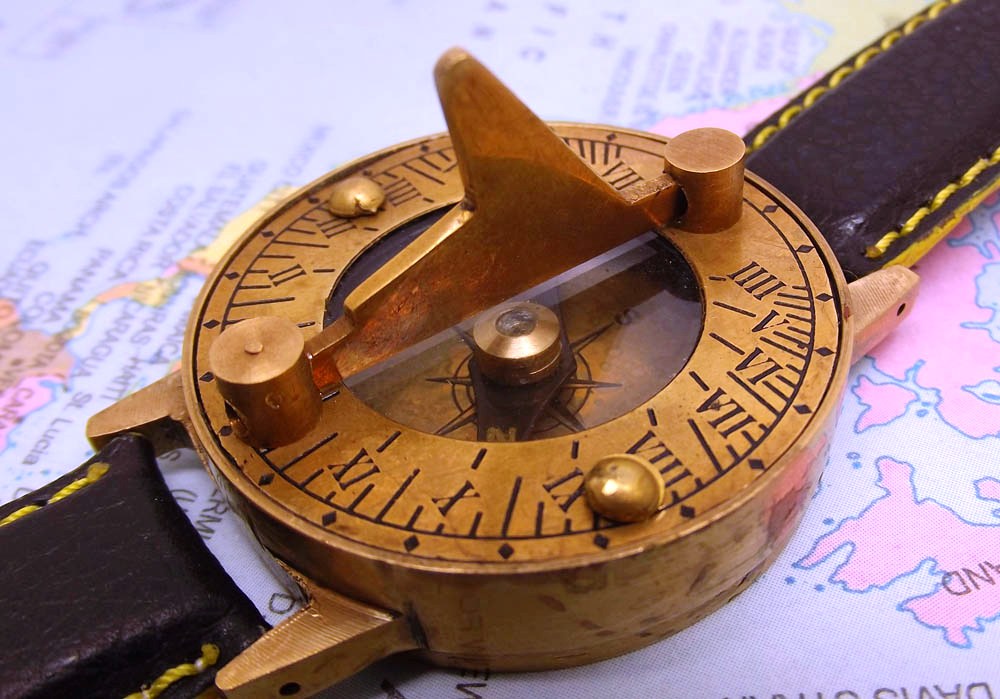
It seems as though everywhere you go these days, there are people wearing watches. They are now so mainstream and popular that they can be picked up in almost every store, including supermarkets.
However, the watch began its journey through time, a number of centuries ago, where they were nothing more than an object that could tell the time. The Egyptians understood timekeeping from shadows cast by sundials but now it has been taken to a whole new level. There are traditional watches, LED watches and smartphone watches; they really have become a fashion item that fashion lovers cannot be seen without.
Just like any other form of item that we wear, fashion trends come and go and so do the many different styles of watches although there are designs that are completely timeless and still look good to this day.
The wristwatch evolved from the gentleman’s pocket watch which was used during many of the wars that took place in the 19th and 20th Centuries in to the vintage watches that are seen as many as collector’s items today. During World War I, the wristwatch was not only a military tool but it was also a fashion accessory and this is where many believe that things began to change. However, surprisingly, wrist watches were only worn by women only before the 20th century but even then they were worn as a form of accessory as opposed to being used for practicality.
During the First World War, watches were mass produced and this meant that functionality improved and so, they were extremely accurate and durable. During battle, the wrist watch enabled soldiers to check the time without having to use their hands and this is why it became a popular accessory. During this period, the likes of Cartier began to make a name for themselves and some of the watch designs at this time were based around military machinery such as tanks.
Following the Second World War, the 1950’s was a period where watches were being produced for the mass market with Swiss and American designs really gaining popularity. Fashion watches at this time, were used to increase the value of other items such as clothes, leather goods and jewellery and so, many of the designs used then played a huge part in many styles of watches we see today. Essentially, they were designed in such a way that made them extremely pleasing on the eye, stepping away from their only title of being nothing more than an item that offers exceptional practicality.
However, it was not until the 1970’s where things really began to take off. Technology had evolved, following the introduction of the quartz watch in the 60’s it was now the introduction of LED watches that were transforming the way in which people perceived watches and what they could add to their look. In the 1980’s it seemed as though watch manufacturers tried to add more because there were digital watches that could broadcast live TV and even watches that included a calculator, whether this was a gimmick or not is irrelevant because it met fashion needs and that is how the watch developed into a fashion piece.
Today, the watch is a huge part of our lives. The big brands such as Breitling and Rolex still remain true to their history and traditions but many other brands are designing watches in a wide variety of colours, designs and styles so that they suit the fashion needs of the fashion conscious people and that is what makes the wrist watch such a unique and special item.
Peter Scully
Latest posts by Peter Scully (see all)
- The Importance of Psychology in Packaging - October 1, 2020
- How vape and e-cigarette branding and packaging has evolved around the world - December 4, 2019
- How offline and online marketing can worth together to increase brand awareness - June 23, 2019














